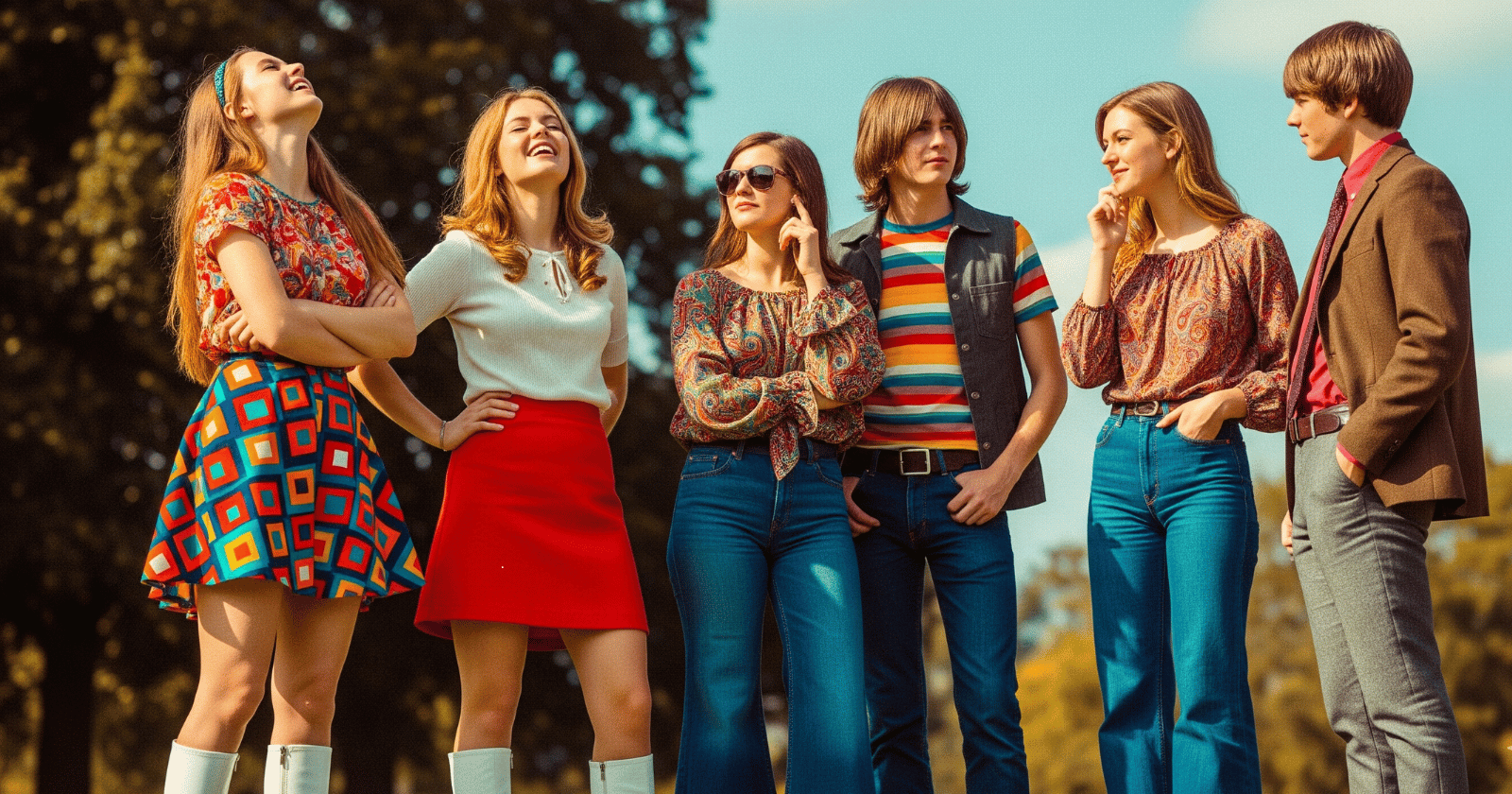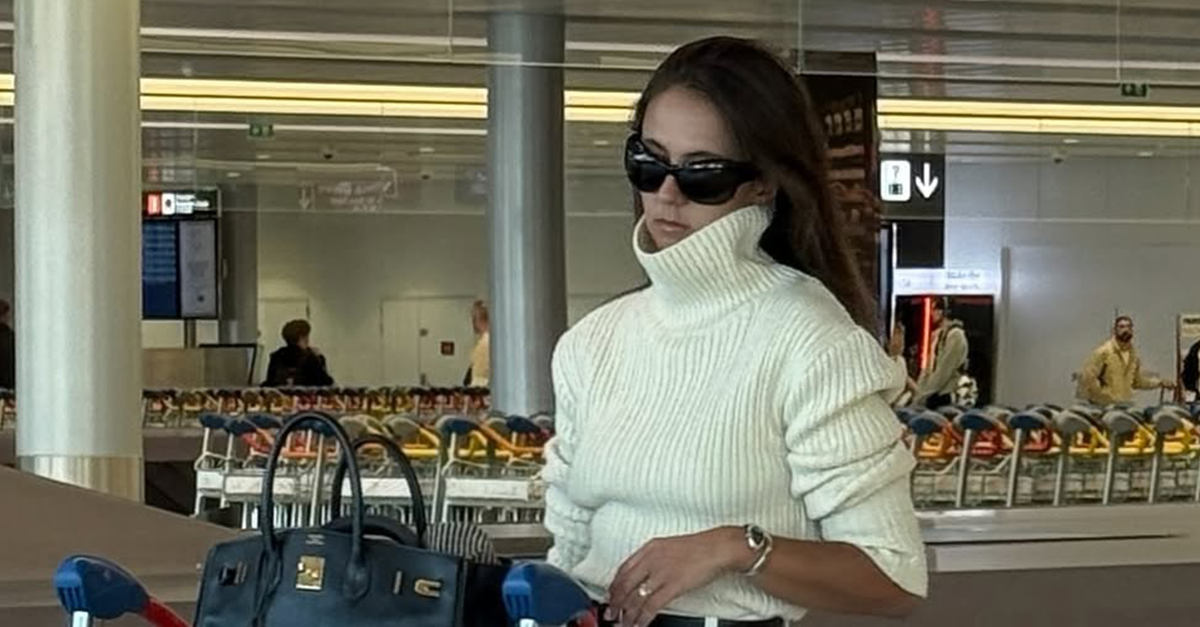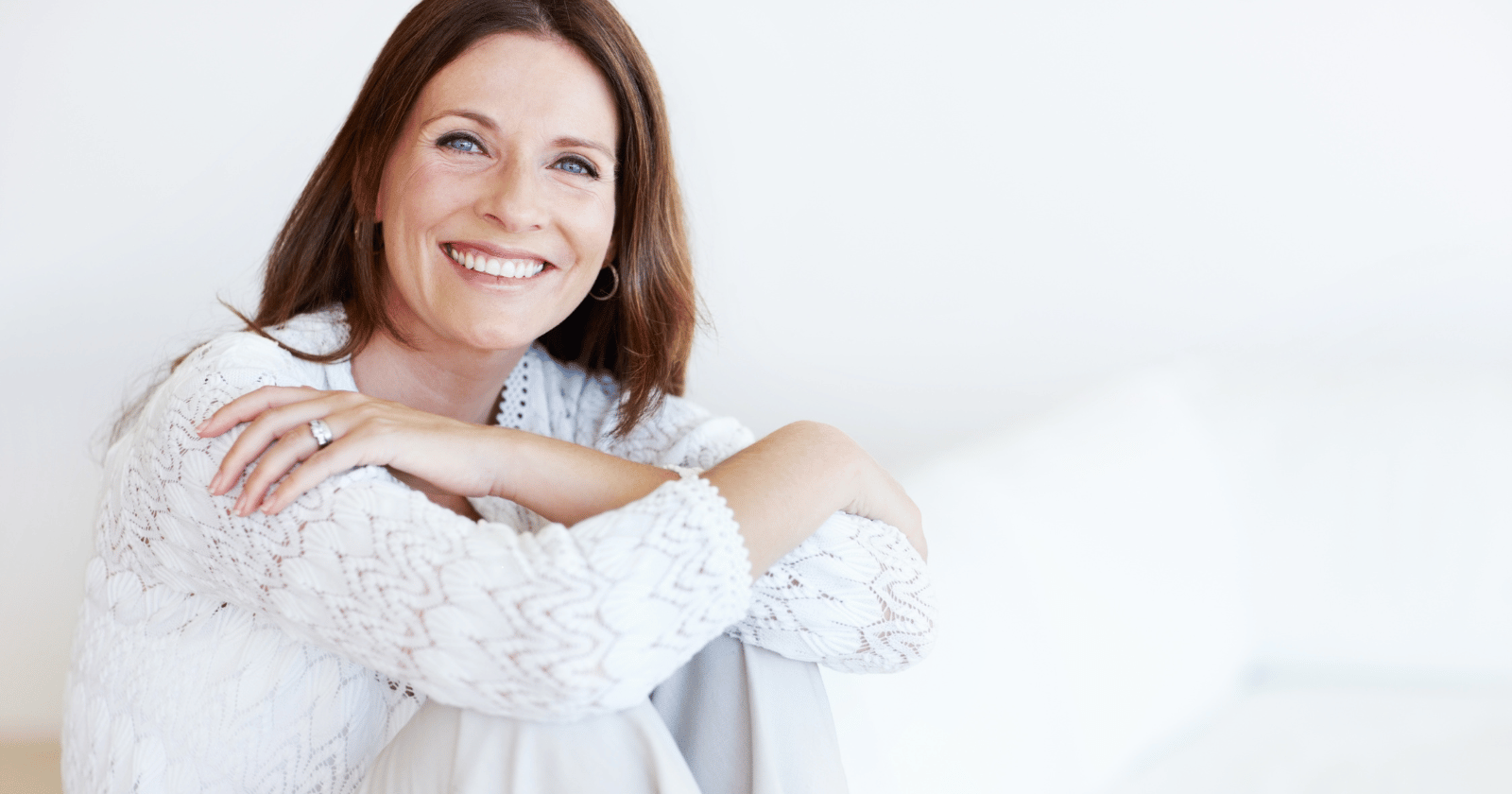Fashion has always been about more than clothes. It’s a language. A statement. A way of showing the world who you are—or at least, who you want to be.
And if you were a teenager in the 1960s, your wardrobe said a lot. It was the decade of rebellion, freedom, and identity. The post-war years had ended, the counterculture was taking root, and teens were finally being seen as a force in society rather than just smaller versions of adults.
Music blasted from record players, TV sets brought cultural icons into living rooms, and trends spread like wildfire. If you walked into a high school cafeteria in 1966, you’d see a mix of bright colors, daring hemlines, and accessories that told stories about the changing times.
Let’s take a walk down memory lane and explore eight fashion staples that defined teen life in the 1960s. If you were there, you’ll probably smile in recognition. If not, it might make you wish you’d lived through it.
1. Go-go boots
Do you remember the thrill of slipping on a pair of white go-go boots? They weren’t just shoes—they were a revolution.
Popularized by French designer André Courrèges and later made mainstream by icons like Nancy Sinatra (who literally sang “These Boots Are Made for Walkin’”), go-go boots became the ultimate teenage statement. They were sleek, futuristic, and a far cry from the sensible footwear of earlier generations.
Girls wore them with miniskirts, shift dresses, or even bold-colored tights. They added a playful edge to outfits and made you feel ready for a night of dancing to The Supremes or The Rolling Stones.
The boots didn’t just say, “I’m fashionable.” They said, “I’m modern, independent, and not afraid to take up space.” In many ways, they were a symbol of the sexual revolution and women’s changing roles in society.
2. Miniskirts
The 1960s gave us a lot of firsts—but none shocked parents more than the rise of the miniskirt.
Mary Quant, a British designer, is often credited with launching the trend. Teenage girls embraced it like wildfire, turning it into both a fashion staple and a cultural symbol. The miniskirt challenged traditional modesty and screamed freedom of expression.
And here’s the truth: many boomers remember the debates around hem lengths almost as much as they remember wearing them. A skirt that sat a few inches above the knee might have earned a raised eyebrow, but anything shorter? That was outright rebellion.
Magazines featured Twiggy rocking micro-minis, and teens across America tried to copy her look—pale lipstick, spidery lashes, and all. For many, the miniskirt marked the first time fashion felt like a weapon, not just a wardrobe choice.
3. Tie-dye everything
Few things capture the 1960s counterculture like tie-dye.
It wasn’t just a shirt—it was a declaration of individuality. Each swirl of color was unique, and the DIY process made it even more appealing to teens who didn’t want to blend in with their parents’ neatly pressed wardrobes.
I remember once trying a modern tie-dye kit at a local farmer’s market workshop. A woman in her seventies walked over, smiled, and said, “We used to do that with buckets in the backyard. Our hands would be stained for days.” That’s when it hit me—tie-dye wasn’t just a craft. It was a memory stitched into a generation.
Psychologists have noted that self-expression is especially vital during adolescence, and tie-dye was a perfect example of this in action. It wasn’t expensive. It wasn’t exclusive. Anyone could dip a shirt into buckets of dye and walk away with a masterpiece.
4. Bell-bottom pants
If you wanted to look effortlessly cool in the late ’60s, bell-bottoms were the way to go.
At first, they were a niche trend among bohemians and sailors, but soon they were everywhere—from high school hallways to the muddy fields of Woodstock. The exaggerated flare at the bottom balanced out slim hips and gave a sense of movement, especially when paired with platform shoes.
What I find interesting is how bell-bottoms carried psychological weight. Wide-legged pants literally took up more space, and for a generation trying to assert its presence, that wasn’t accidental. They said: “We’re not shrinking back. We’re expanding.”
And if you added embroidered patches, peace signs, or hand-stitched flowers to your bell-bottoms? Even better. They became a diary you wore on your legs.
5. Fringe jackets
Fringe wasn’t just for cowboys. By the mid-to-late 1960s, teenage boomers had adopted suede or leather fringe jackets as part of the hippie aesthetic.
They were often inspired by Native American designs and countercultural ideals of living closer to nature. The movement of the fringe while walking or dancing gave them a sense of flow, freedom, and rebellion against stiff, structured coats of the past.
Festival-goers wore them proudly, and they became a Woodstock staple. Think of images of Jimi Hendrix in his fringed jacket, guitar in hand. That look defined a generation.
If you owned one, you probably wore it until the sleeves fell apart. And even then, you might have kept it as a keepsake.
6. Peasant blouses
Not every fashion staple of the 1960s was bold or flashy. Some were soft, feminine, and romantic—like the peasant blouse.
With embroidered details, loose fits, and billowy sleeves, these tops were a favorite among teenage girls who wanted something relaxed but still fashionable. They tied into the broader “back-to-the-land” mindset that gained popularity as the decade rolled on.
One friend of mine recalls borrowing her sister’s peasant blouse for a summer concert. “It was the first time I felt like myself,” she said. And that’s the magic of clothes—they often mark the moment we start to feel comfortable in our own skin.
Peasant blouses also reflected a global influence. Many were inspired by Eastern European embroidery and folk styles, showing how fashion was starting to cross borders in new and creative ways.
7. Headbands and hair accessories
What’s an outfit without the right hair accessory?
For teens in the ’60s, headbands were everywhere—wide bands across the forehead, floral crowns at festivals, or simple ribbons tied back with teased hair.
They weren’t just pretty. They were practical too. Hair was getting longer, looser, and wilder. Accessories helped keep it in check while adding a touch of personality.
As one fashion historian noted, “The headband was a crown for the everyday girl—simple, affordable, and transformative.” And it was true. You could buy one cheaply or make one yourself, and it instantly gave you that boho, free-spirited vibe.
8. Denim jackets and jeans
Last but definitely not least—denim.
Though jeans had been around for decades, the 1960s is when teens claimed them as their own. No longer just workwear, jeans became a blank canvas for self-expression. Teens embroidered them, patched them, and wore them until they were perfectly faded.
The denim jacket followed the same path. It was rugged, versatile, and perfect for layering over everything from t-shirts to dresses. Wearing denim wasn’t just about style—it was about rejecting the formality of earlier generations.
You might picture James Dean in the 1950s laying the groundwork, but it was the teenagers of the ’60s who turned denim into the everyday uniform of rebellion. By the time Woodstock rolled around, it was practically the official dress code.
Final thoughts
Fashion in the 1960s wasn’t about following rules—it was about breaking them.
Go-go boots, miniskirts, tie-dye, and bell-bottoms all told the world that teenagers were here to stay, with voices, choices, and identities of their own. Every item carried both style and symbolism.
And here’s the beauty: even if you weren’t alive back then, you’ve probably felt the ripple effects. So much of what teenagers wear today—whether it’s DIY customization, oversized silhouettes, or statement accessories—echoes back to the boldness of the ’60s.
Maybe that’s why these staples still resonate. They weren’t just clothes. They were a declaration of independence stitched into every hem, seam, and swirl of dye.
And maybe, just maybe, fashion was never really about what we put on our bodies—but about the stories we tell when we wear them.
What’s Your Plant-Powered Archetype?
Ever wonder what your everyday habits say about your deeper purpose—and how they ripple out to impact the planet?
This 90-second quiz reveals the plant-powered role you’re here to play, and the tiny shift that makes it even more powerful.
12 fun questions. Instant results. Surprisingly accurate.


